Entry Category: State Parks
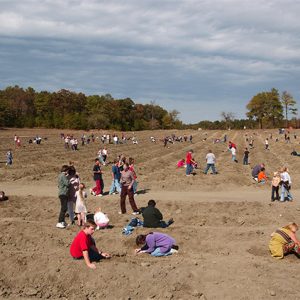 Diamond Field
Diamond Field
 Dogtrot Cabin
Dogtrot Cabin
 Dortch Gin
Dortch Gin
 Engagement at Jenkins' Ferry Monument
Engagement at Jenkins' Ferry Monument
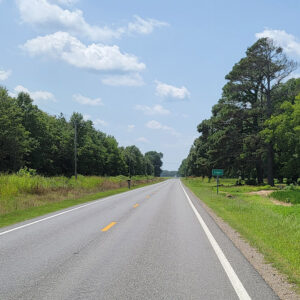 Entering Crigler
Entering Crigler
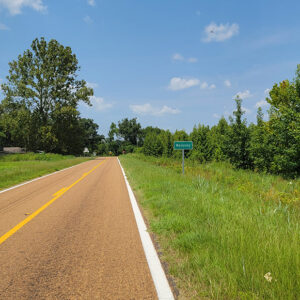 Entering Meroney
Entering Meroney
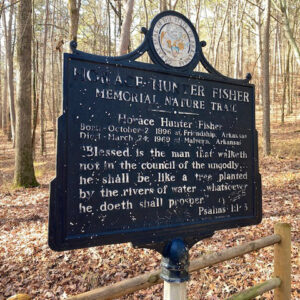 Fisher Memorial Trail
Fisher Memorial Trail
Hampson Archeological Museum State Park
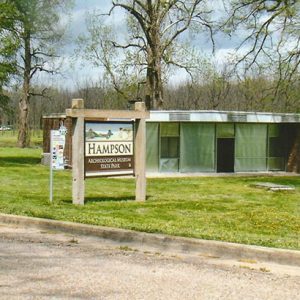 Hampson Archeological Museum State Park
Hampson Archeological Museum State Park
 Hampson Archeological Museum State Park
Hampson Archeological Museum State Park
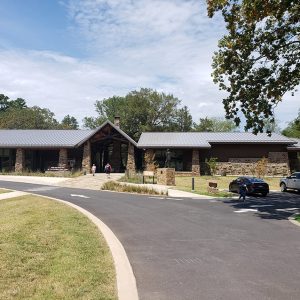 Hardison Center
Hardison Center
 Hardison Statue
Hardison Statue
 T. W. Hardison
T. W. Hardison
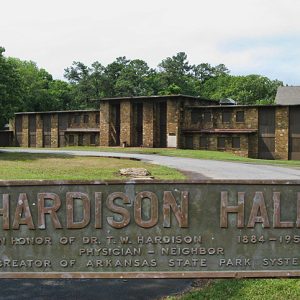 Hardison Hall
Hardison Hall
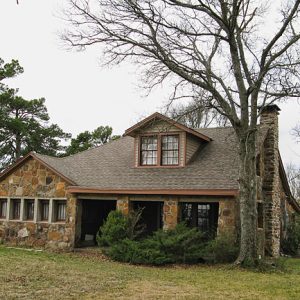 Hardison House
Hardison House
 T. W. Hardison
T. W. Hardison
 Julia Hardison
Julia Hardison
Herman Davis State Park
 Hindman Hall Museum
Hindman Hall Museum
Historic Washington State Park
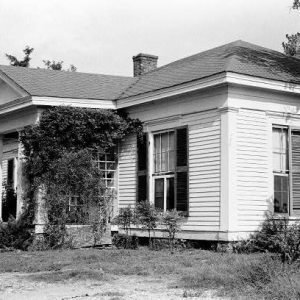 Historic Washington State Park
Historic Washington State Park
 Historic Washington State Park Courthouse
Historic Washington State Park Courthouse
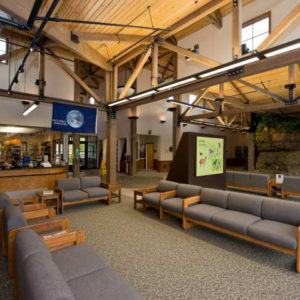 Hobbs State Park Visitors Center
Hobbs State Park Visitors Center
Hobbs State Park-Conservation Area
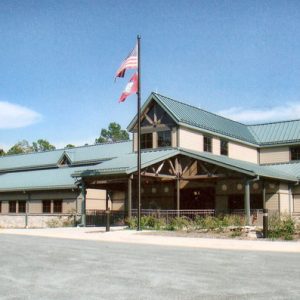 Hobbs State Park Visitors Center
Hobbs State Park Visitors Center
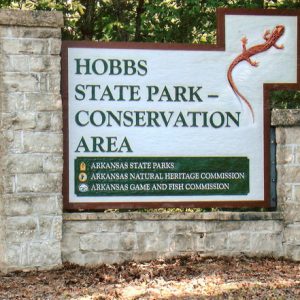 Hobbs State Park Entrance
Hobbs State Park Entrance
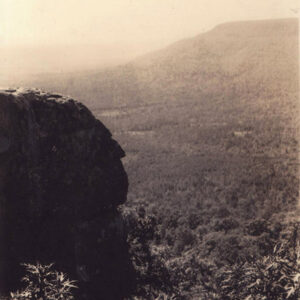 Indian Head Rock
Indian Head Rock
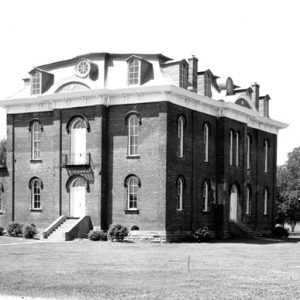 Jackson County Courthouse
Jackson County Courthouse
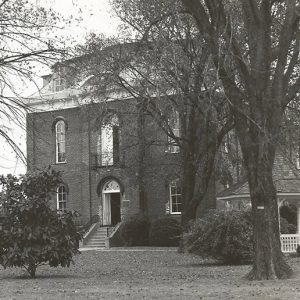 Jackson County Courthouse
Jackson County Courthouse
Jacksonport State Park
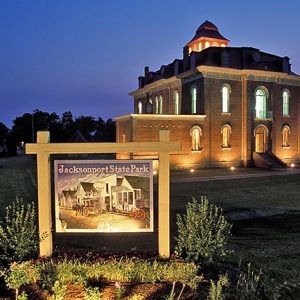 Jacksonport State Park
Jacksonport State Park
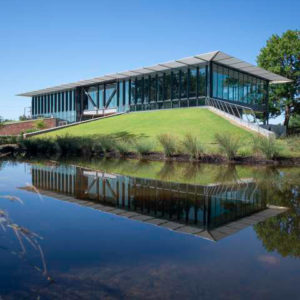 Jacksonport Visitors Center
Jacksonport Visitors Center
Jenkins Ferry Battleground State Park
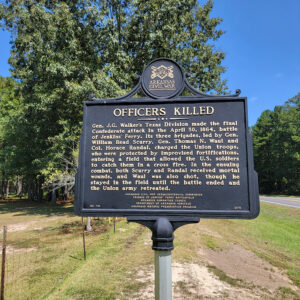 Jenkins Ferry Battleground State Park Marker
Jenkins Ferry Battleground State Park Marker
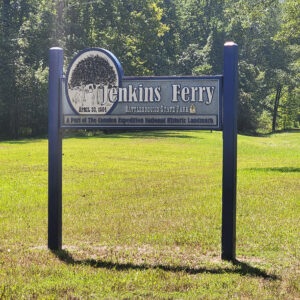 Jenkins Ferry Entrance
Jenkins Ferry Entrance
Lake Catherine State Park
Lake Charles State Park
Lake Chicot State Park
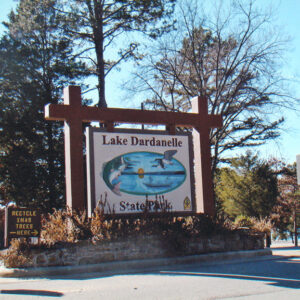 Lake Dardanelle Entrance
Lake Dardanelle Entrance
Lake Dardanelle State Park
 Lake Dardanelle State Park
Lake Dardanelle State Park
Lake Fort Smith State Park
Lake Frierson State Park
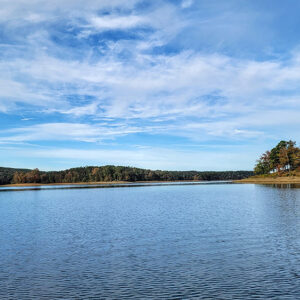 Lake Greeson
Lake Greeson
Lake Ouachita State Park
Lake Poinsett State Park
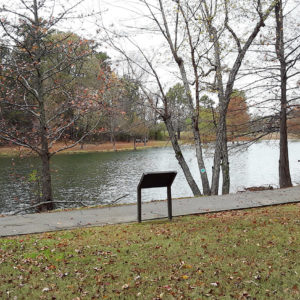 Lake Ponder
Lake Ponder
Logoly State Park
 Logoly State Park Visitors Center
Logoly State Park Visitors Center




